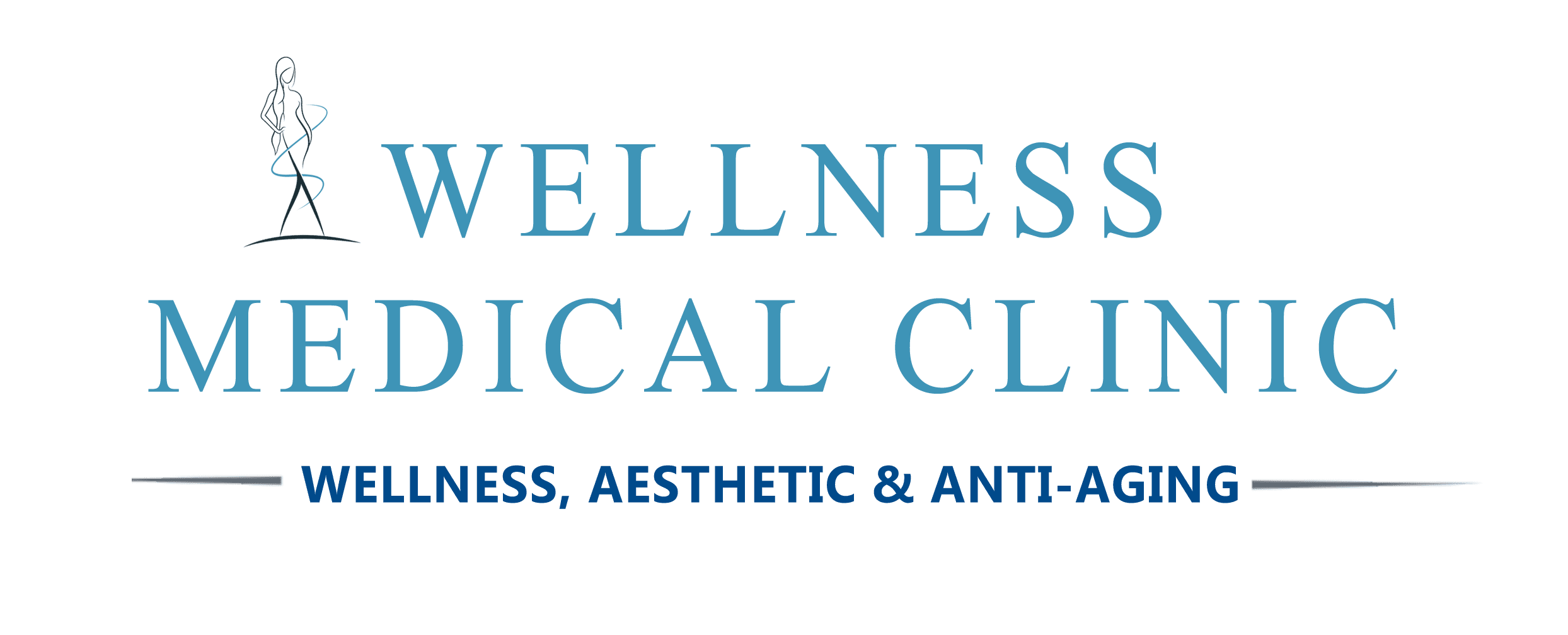

What is Platelet Rich Plasma?
Platelet Rich Plasma or PRP is a Regenerative Injection Therapy used to treat many soft tissue injuries (tendons and ligaments).
How is PRP Therapy Performed?
PRP involves taking blood from a vein in the arm and placing it into a special centrifuge. The platelets are separated from the rest of the blood components and then are combined with a unique substrate to enhance the effects. This is then injected into the injured or painful area. Once healing takes place, over the course of a few weeks, the pain should lessen.
Is this the same as a cortisone injection?
No. Cortisone injections are synthetic corticosteroids injected into the joints or areas of soft tissue to reduce pain and inflammation. While cortisone injections in limited amounts can be helpful, they do not alter the underlying cause (disease process) and, therefore, often have to be repeated. There are many documented risks of having “too much cortisone†and suppression of the immune system. PRP involves using the patient’s own blood, which contains natural growth factors that promote tissue regeneration and decreased inflammation. PRP is aimed at being a curative treatment, whereas cortisone is not. PRP does not carry the same side effects as cortisone.
What Musculoskeletal conditions can be treated with PRP?
Neck and back pain, shoulder pain, rotator cuff injuries, knee pain, Knee bursitis, tennis elbow, golfers elbow, chronic ankle pain, Achilles tendonitis, and hip bursitis.
How do I know if I am a candidate for PRP?
A consultation is required before any treatment may take place. The consultation includes a comprehensive review of your complaints and medical history and a thorough examination. Diagnostic studies will be reviewed and ordered at the time of the consultation to determine the cause of your complaint(s). Once a diagnosis is established, Dr. Thangavelu will discuss treatment options with you, including if you are a candidate for PRP. Often, other non-surgical treatments may be tried first. PRP is usually just one element of a comprehensive treatment program.
Is PRP painful?
While everyone’s pain tolerances vary, patients report a range of discomfort from mild to moderate. A needle is used to draw blood from a vein in the arm initially, and then small needles are used to perform the actual injection(s).
How many injections will I need?
This is no universal answer to this question. Typically one to three injections. Much of this depends on the chronicity and location of your problem. Some patients can successfully be treated with one injection, while others require multiple injections over a time period to eliminate or reduce pain to an acceptable level.
How long does PPR take to perform?
Depending on the number of areas being treated, most procedures will be completed in 30 – 45 minutes.
How do I know if PRP helped me?
The answer to this is simple. PRP does not “mask†your pain and other symptoms like pain medication. If PRP has helped you, you will notice a difference in your overall pain level and function. Many patients will see an increase in overall pain levels initially. Still, as the healing process occurs, symptoms are expected to resolve gradually over the course of four to six weeks on average. Much depends on the patient’s overall level of health, age, diet, and activity levels. For some patients, repeat treatments may be needed.
How long does the PRP effect last?
This is different for everyone. Much depends on the underlying disease process and whether there has been a recurrent injury to the affected area. It is impossible to predict if and when further treatments will be needed for a specific condition. In some cases, patients return months or years later for repeat PRP injections.
What are the possible side effects?
As with any type of injection, there is a small risk of infection, injury to blood vessels, and risk of bleeding. When injected, there is a small risk of injury to a tendon or ligament. While not truly considered a side effect, many patients will experience increased pain or discomfort for a temporary period following the treatment. If you have been ill or running a fever, it is advisable to discuss this with the physician before considering this type of treatment.
What can I do after having PRP?
It is recommended that you drink plenty of fluids following your treatment. Your physician will advise you to limit strenuous activity, such as working out for a certain period. You should also avoid using anti-inflammatory medications (Ex: Advil, Motrin, Aleve, etc.) for at least four weeks- these medications inhibit the body’s ability to heal.
It is important that you also complete follow-up visits so that the physician can evaluate your progress. Skipping appointments and waiting too long may compromise the effect of future treatments. Specific instructions will be provided at the time of your treatment. A structured rehabilitation program will often be included with PRP injections.
What is the difference between PRP and Stem Cells?
PRP is used to treat conditions that often can heal themselves but may require a “jumpstart.†In contrast, stem cells are used in cases of more advanced conditions such as degenerative arthritis, bony defects, and cases of spinal disc degeneration.
